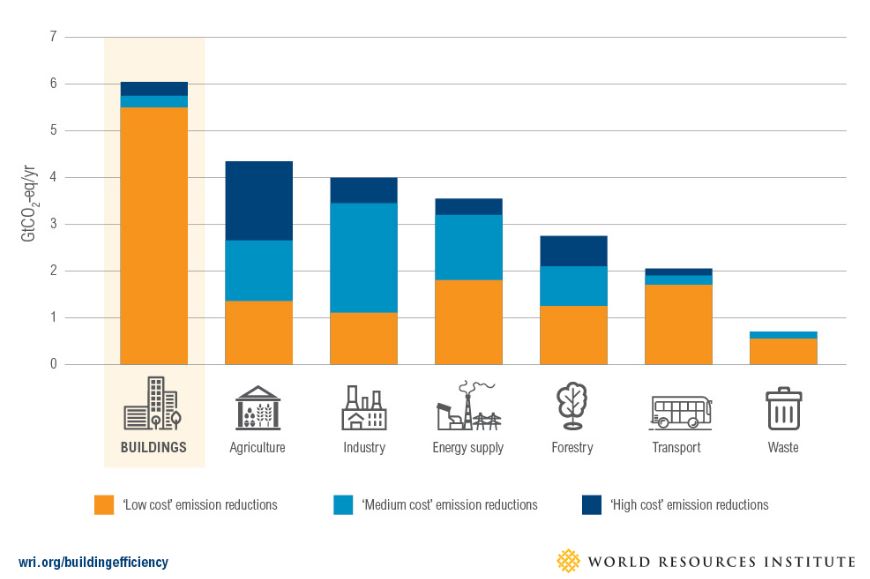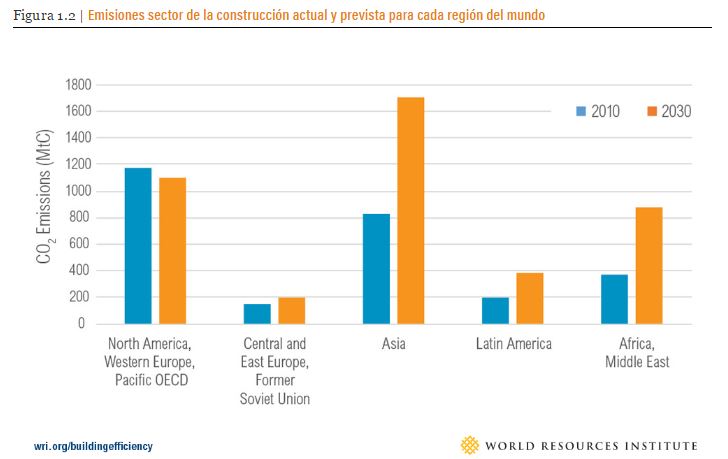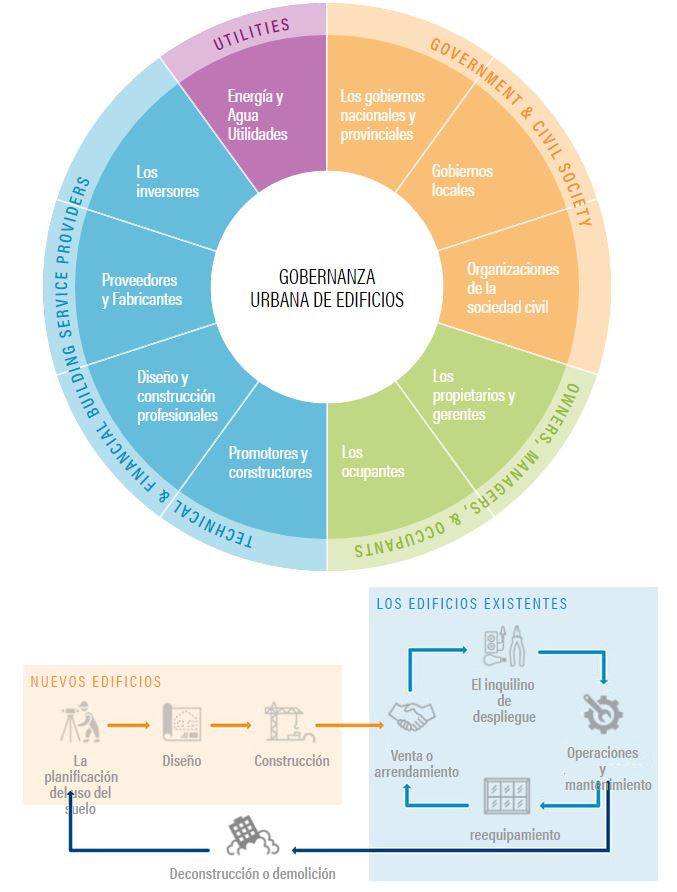-
Phone Number
-
Email Address
The improvement of energy efficiency in the buildings and construction involves strategies complex whose implementation - in most cases - is gradual and slow with tangible benefits for cities that will achieve sustainable growth and outstanding profit for its citizens.
Taking into account that the inhabitants of the cities spend most of the time in their homes. As he comments energy efficiency portal Efivert.com … “The reduction of energy to refrigerate the buildings, to heat them and the light they use must be essential ingredients of any municipality in benefit of climate objectives and of the citizen» . Remembering that it has a direct impact in reducing energy bills and, in addition, can enable companies to be more competitive by reduce your energy costs or bring benefits to the health, among many other factors. Therefore, the increase in energy efficiency and effectiveness will help meet various objectives and an environmental commitment.
Content menu:
In reality, the buildings represent about a third of all greenhouse gas emissions greenhouse so they are a prime target to wield Strategies that reduce your energy expenditure. Although the graph is a bit old we can see and understand the magnitude of the direct and indirect emissions according to the type of buildings.
Without comparing it with other economic sectors, the potential is huge in reducing emissions:

If we investigate a little more, we can see the consumption of final energy in the apartment blocks serving if it is a cold country or with a moderate climate… In which uses of the building need more energy?
Keep in mind that these data on the use of energy in buildings are relevant and can be used to develop strategies and lines located to reduce energy consumption and get greater savings depending on, for example, in which city Let's meet.
Multiple barriers fall on applying an adequate energy efficiency in buildings , which is can be summarized as the difference between the measures of efficiencies that are technically and economically available, and the measures that are actually implemented. These barriers prevent or discourage actors from taking action or investing on the constructions so that they are energy efficient .
If we look at future forecasts for emissions in the construction sector according to the International Agency for Energy (AIE), presents us with a negative panorama if it is not create economic conditions that allow a transition over low emission buildings of carbon , reminding us that it is not a problem local, it is worldwide.

Decisions about buildings in urban areas are governed by a mixture of public and private agents with varied formal and informal forms of authority that must be work. Not only local administrations have a variety of mechanisms available to influence the efficiency of buildings on their communities, but other agents also appear that intervene, to a lesser or greater extent, worse than the time they must be taken into account.

In the previous graph we can test the actors involved in the management of the blocks of housing that poses a challenge multisectoral and a cooperative effort among all the interveners for the benefit of favoring the energy efficiency in buildings .
The decisions about buildings we make today, on how to build, design and rehabilitate or reform will have lasting effects on the use of resources and urban services since, as the following image shows, buildings have the longest life expectancies with reference to large investments that consume energy.

From the Accelerating Building Efficiency report — 8 Actions for Urban Leaders coined by World Resources Institute ( WRI ) propose eight actions or strategies to accelerate the energy efficiency in buildings the cities. Tactics used by the bases in the long run term of how to energetically improve the buildings of the municipalities:

According to the report… “The recommendations are intended to help city administrations avoid costly mistakes in the face of bad decisions on each stage of the life cycle of any type of building to overcome the long-term obstacles.”